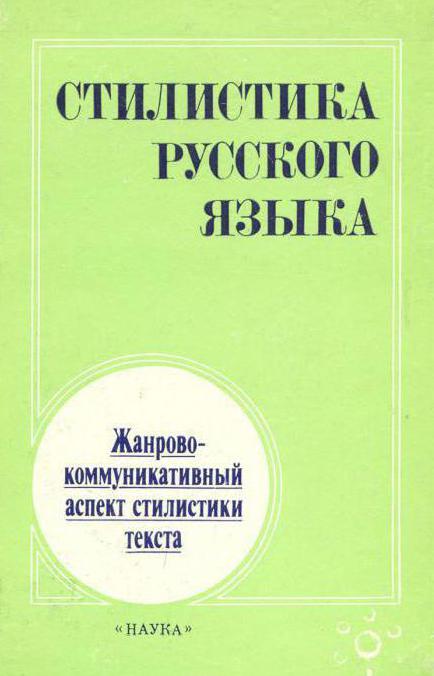Journalistic style
Publicistic style is one of theFunctional varieties of language, which is widely used in quite a few areas of public life. It is the language of the media (newspapers, magazines, television), public speeches (including political ones), political literature for mass reading, documentary films, etc.
Often the journalistic style is callednewspaper-journalistic (newspaper) or socio-political. Nevertheless, all these definitions are less precise, since only certain areas of functioning of this variety of literary language determine.

The name of the style is connected with the journalism andcharacterizes the features of the works attributed to it. It is understood as a special combination of literature and journalism. It addresses the actual literary, legal, political, economic, philosophical and other problems of our time with the aim of influencing public opinion and political institutions. Publicism is often used in both scientific and artistic works.
Publicism and journalistic style - notidentical concepts. The first is a kind of literature, and the second is a functional kind of language. This direction can be different works of different styles. A journalistic style (text, article) may not have any relation to journalism because, for example, the irrelevance of the problem.
The main functions of this style areInformation and affecting the mass addressee. And if the first function is inherent in almost all other styles, then the second is system-forming for works that have a publicistic style.
Genres of the whole direction are usually divided into threegroups: analytical (article, conversation, correspondence, review, review, review), information (report, reportage, note, interview) and artistic-journalistic (essay, feuilleton, essay, pamphlet).
Consider the features of the most common genres, most often used in newspaper journalism.
Chronicle is a genre of news journalism,a selection of messages, a statement of the existence of an event in time. Messages are short, extremely informative, with obligatory temporary signals: "today", "tomorrow", "yesterday".
The reportage is also a genre of news. In it, the story of the event is conducted simultaneously with the unfolding action. The means are used to convey the presence of the speaker in the thick of events (for example, "we are in ..."), the composition captures the natural course of the event.
Interviews are classified as a polyfunctional genre. It can be news or analytical texts that combine the form of a dialogical discussion of the problem.
The article refers to the analytical genre. It presents the results of a study of a problem or an event that occurred. The main stylistic feature of this genre is the argument on theses with their arguments, the logfication of the presentation, the conclusions. Publicistic articles can be oriented on a scientific, colloquial or other style.
Essay belongs toartistic and journalistic genre. It is characteristic of a figurative, concrete-sensual representation of facts, problems, themes. Essays can be portrait, event, problem, travel.
The feuilleton refers toartistic and journalistic genre, which represents a journalistic style. In it, a problem or event appears in satirical (sometimes - humorous) coverage. Such works are targeted (deride a certain fact) or unaddressed (they denounce the negative phenomena in general).








